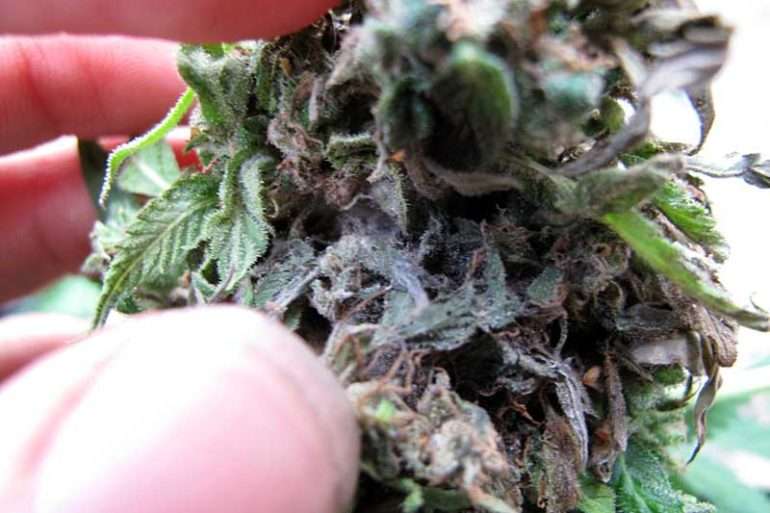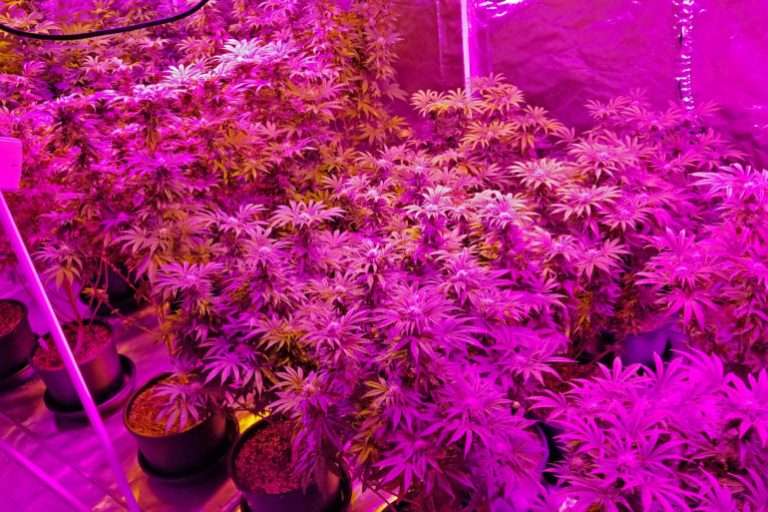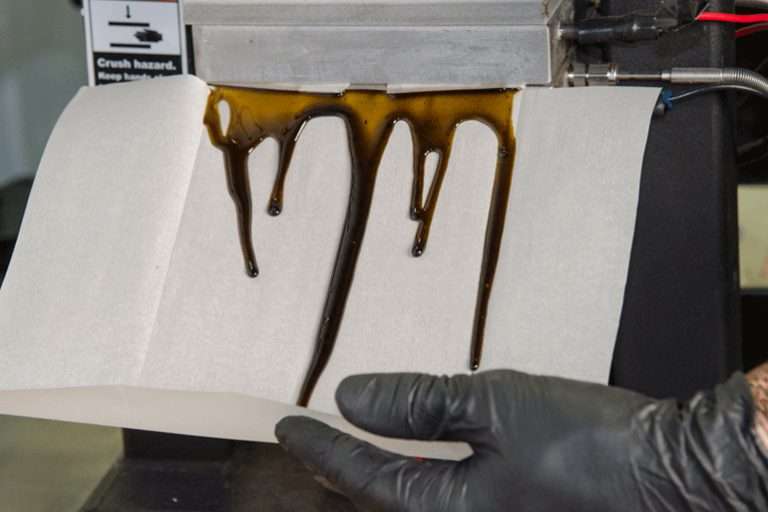Bud Rot in the Bud: Stop Crop Loss Before it Starts
For more awesome news and recipes, check out The Weed Blog
“If it gets into one plant, watering systems or root beds, they can get the same infection. It can passively spread in the air,” Jones said.
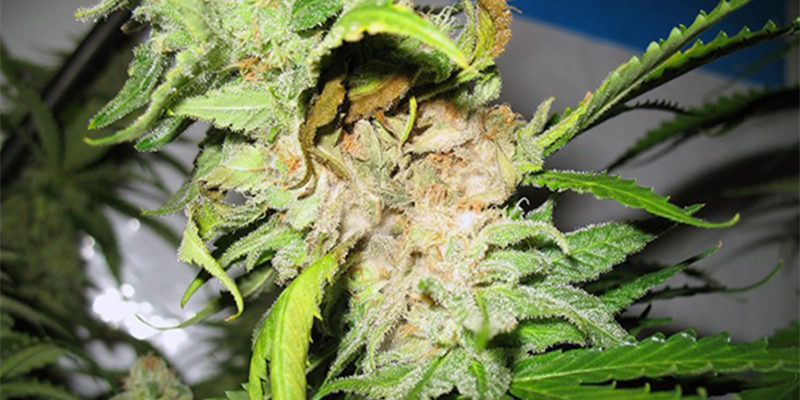
How to avoid bud rot on cannabis
While treatments exist that can smother or kill the fungus, applying chemicals to your plants can be risky. For instance, there have been cannabis recalls due to one particular fungicide treatment that, when burned, turns into what Jones described as a “hydrogen cyanide type gas.” Chemical use also can be an issue if you grow organic or medical-grade cannabis.
For those reasons, and for cost and efficiency’s sake, most large-scale growers will simply destroy plants affected by bud rot.
That’s why most experts recommend focusing on bud rot prevention. To that end, four factors affect your susceptibility to bud rot.
1) Temperature
The ideal temperature recommended for your grow varies depending on several factors, but keep in mind that bud rot prefers cooler temperatures. Most experts recommend temperatures above 68°F to keep bud rot at bay. In a greenhouse, try to avoid cold nights by using a heater.
2) Presence of spores
If you grow indoors, it’s much easier to avoid Botrytis cinerea spores, but you still should be careful about what you let come indoors. Change clothes before you enter your grow room, and never let pets inside.
3) Food source
Remember that bud rot likes the parts of your plants that have the most moisture, so you’ll need to keep an eye on your denser colas. Of course, if you see infection remove it immediately and don’t let the infected parts of your plants touch those that haven’t been affected.
4) Humidity
For indoor growers, limiting humidity is one of the easiest ways to avoid problems with bud rot. (More on this critical topic below.)

The how and why of humidity control
There are a number of ways to think about humidity control relative to crop problems such as bud rot. For outdoor growers, simple tips include avoiding planting in the shade or too close to walls, which can restrict ventilation.
Indoor grows require a bit more environmental care, especially once the operation goes beyond a few plants for personal use.
“If you’re growing indoors, you might not have problems when you first start out in your home, because the home environment is already controlled, said Clif Tomasini, business director at Quest Dehumidifiers. “Your house already has a cooling system, a ventilation system. But you can get to a tipping point where you exceed the capabilities of your home—your home wasn’t designed for all those plants.”
The challenge often comes from growers who go from hobbyist to commercial grower who doesn’t understand the science of climate control. “They don’t know why they’re having problems like bud rot,” Tomasini said.
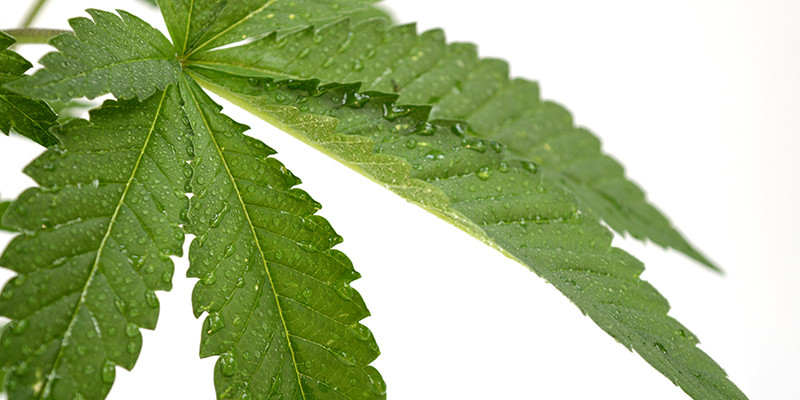
“On the hobby side of things the two easiest, most affordable things are to make sure you have good ventilation and good air circulation,” Tomasini said, as stagnant air can trap humidity, especially around densely-leafed areas. Encouraging ventilation can be as simple as having a good fan in your grow room.

